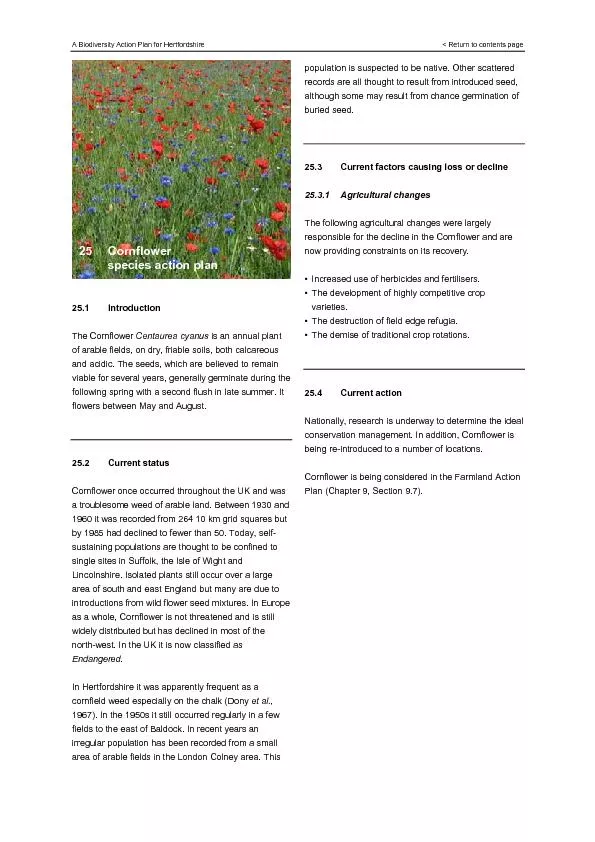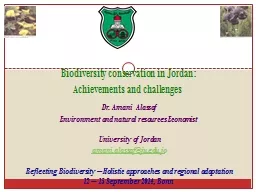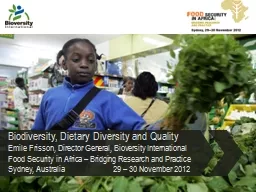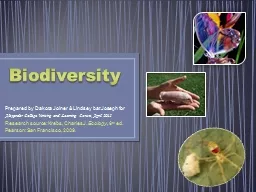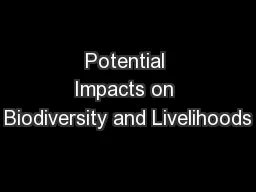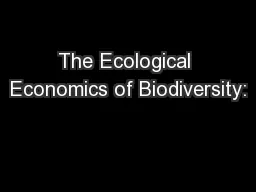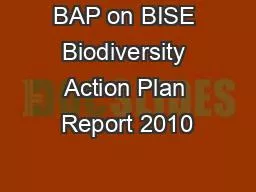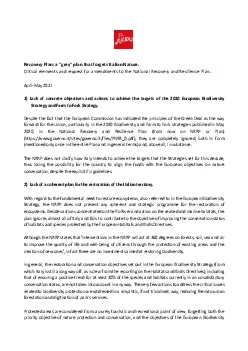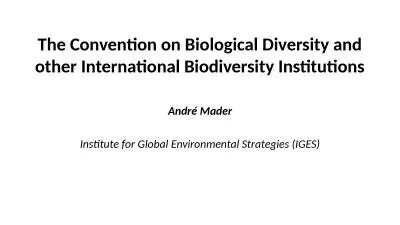PDF-A Biodiversity Action Plan for Hertfordshire
Author : yoshiko-marsland | Published Date : 2016-05-23
25 Cornflower 251 Introduction The Cornflower of arable fields on dry friable soils both calcareous and acidic The seeds which are believed to remain viable for
Presentation Embed Code
Download Presentation
Download Presentation The PPT/PDF document "A Biodiversity Action Plan for Hertfords..." is the property of its rightful owner. Permission is granted to download and print the materials on this website for personal, non-commercial use only, and to display it on your personal computer provided you do not modify the materials and that you retain all copyright notices contained in the materials. By downloading content from our website, you accept the terms of this agreement.
A Biodiversity Action Plan for Hertfordshire: Transcript
Download Rules Of Document
"A Biodiversity Action Plan for Hertfordshire"The content belongs to its owner. You may download and print it for personal use, without modification, and keep all copyright notices. By downloading, you agree to these terms.
Related Documents

